Who cares about the forest? That’s the question author/artist Franke James explores in this creative personal story commissioned by the Forest Stewardship Council of Canada. Check out the visual essay below, or watch it as an animated video.









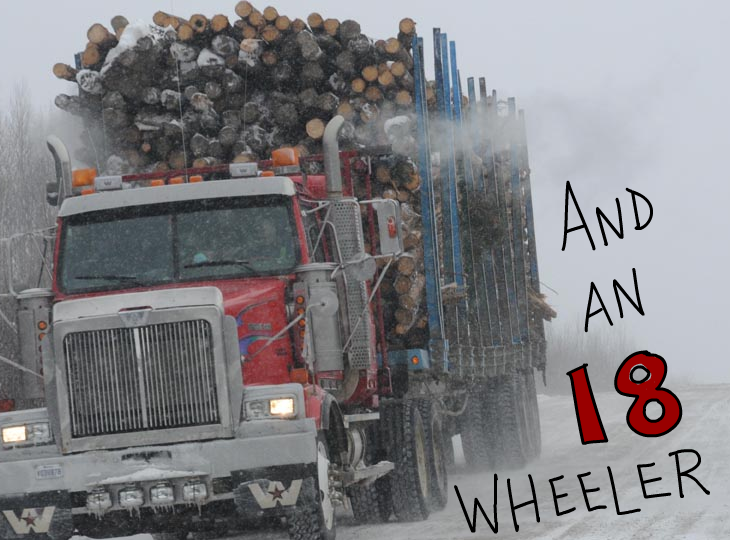
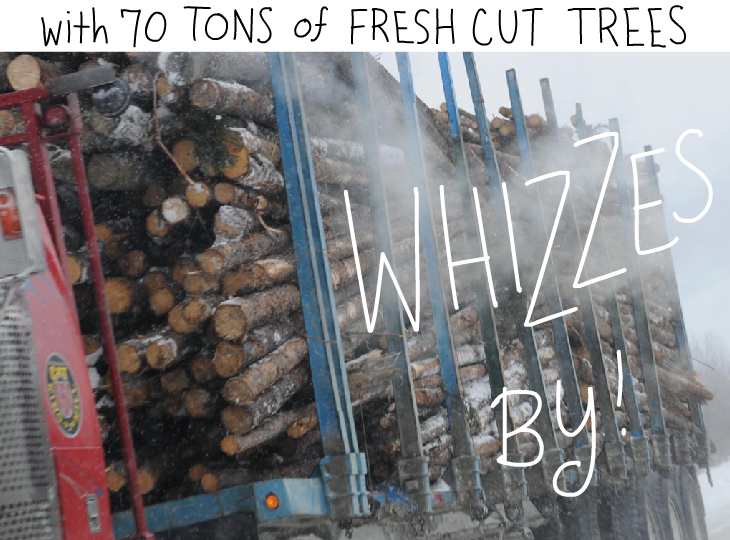

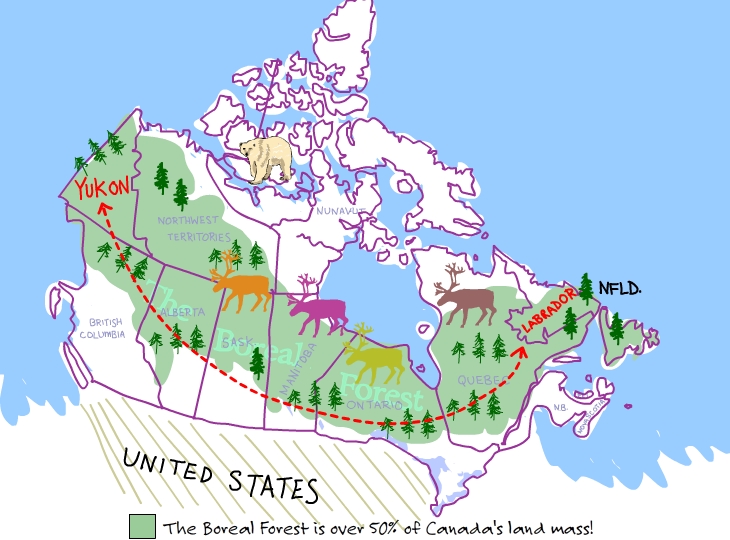












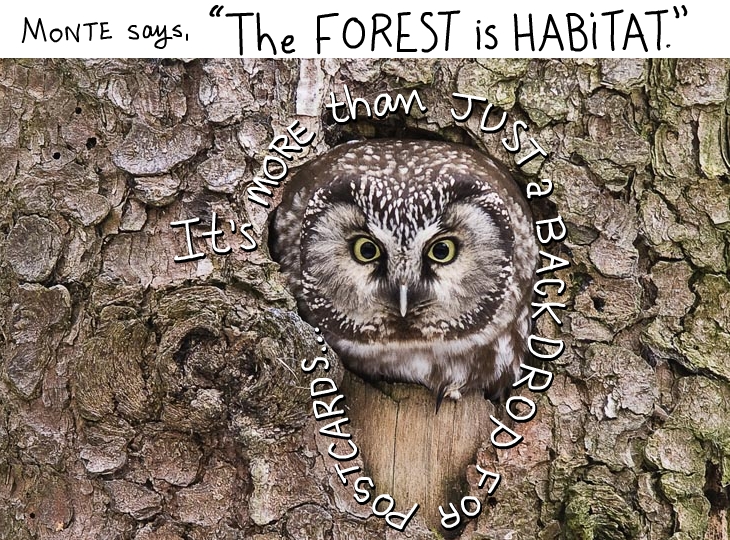






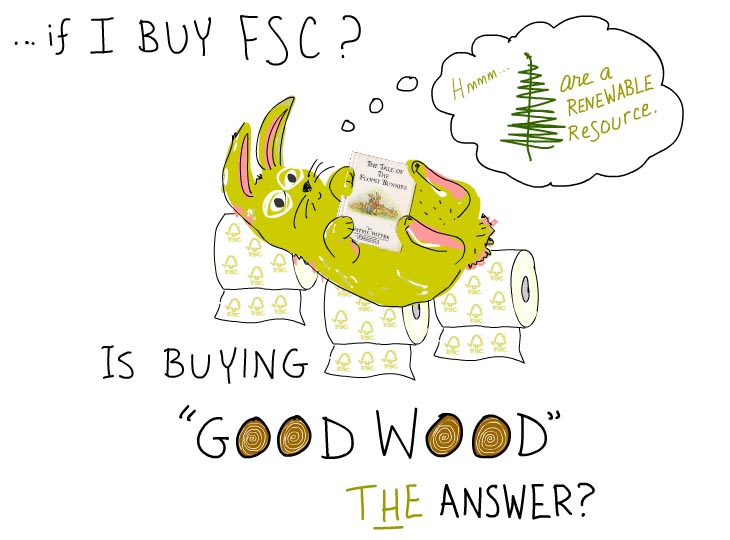




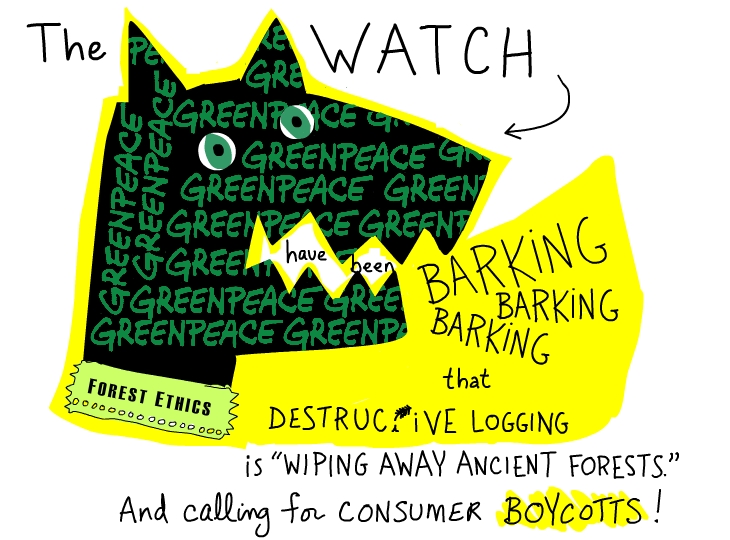






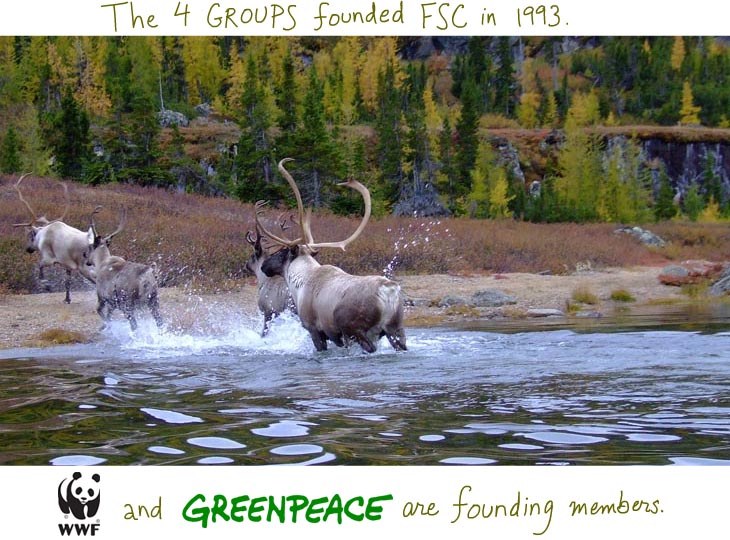

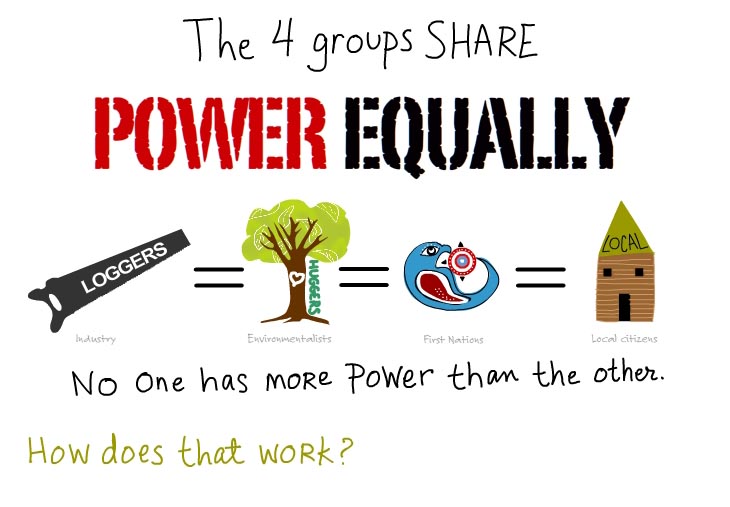


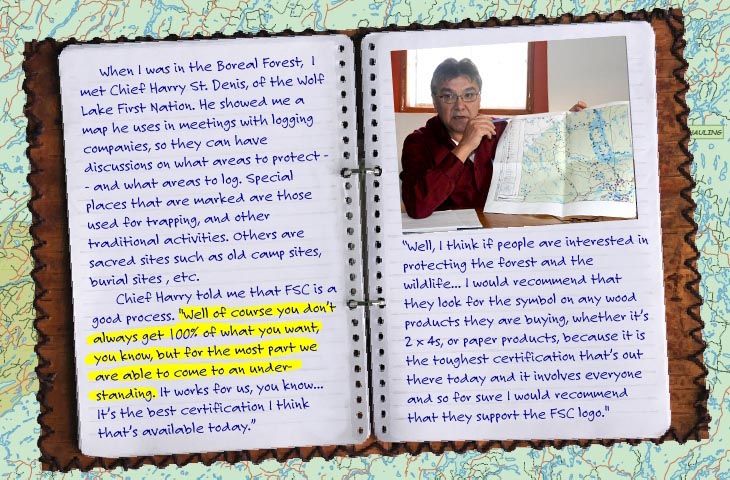

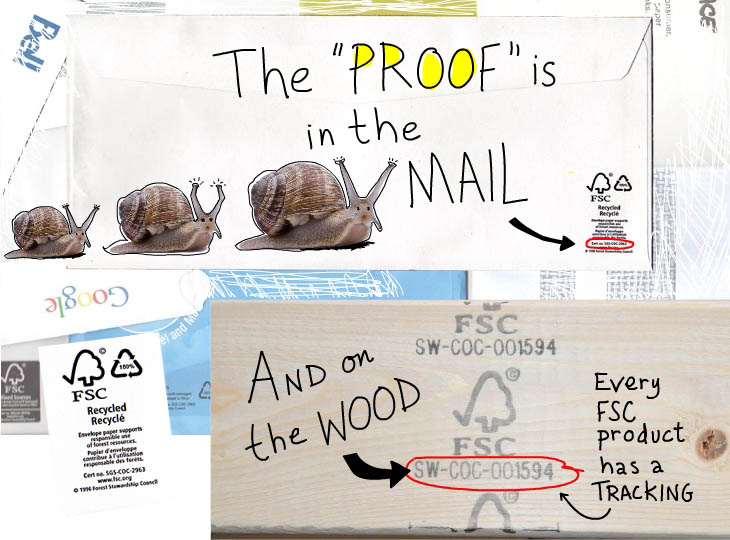





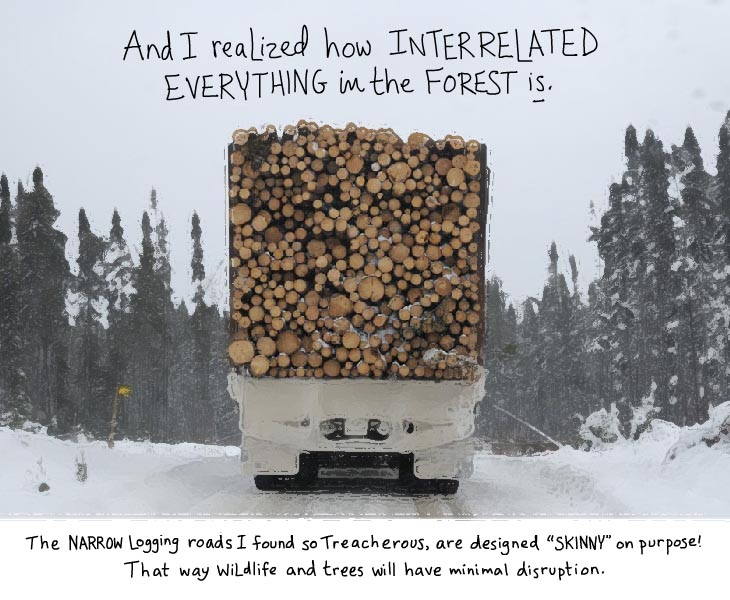












Here’s the video version:
Photographs, illustrations and writing by Franke James, except as noted:
“The Boreal Forest Is Our Tap” illustration features a photo © D. Langhorst, Ducks Unlimited, from “A Forest of Blue,” Pew Environment Group
“The World’s Biggest Carbon Bank” illustration features a Boreal wetlands photo © Chad Delany, from “A Forest of Blue,” Pew Environment Group
Caribou photo © Valerie Courtois, from “A Forest of Blue,” Pew Environment Group
“Lungs of the Planet” illustration uses a source image © istockphotos; “Owl and Snail” illustrations use source photos © istockphotos.
Additional photos from FSC-Canada archive.


